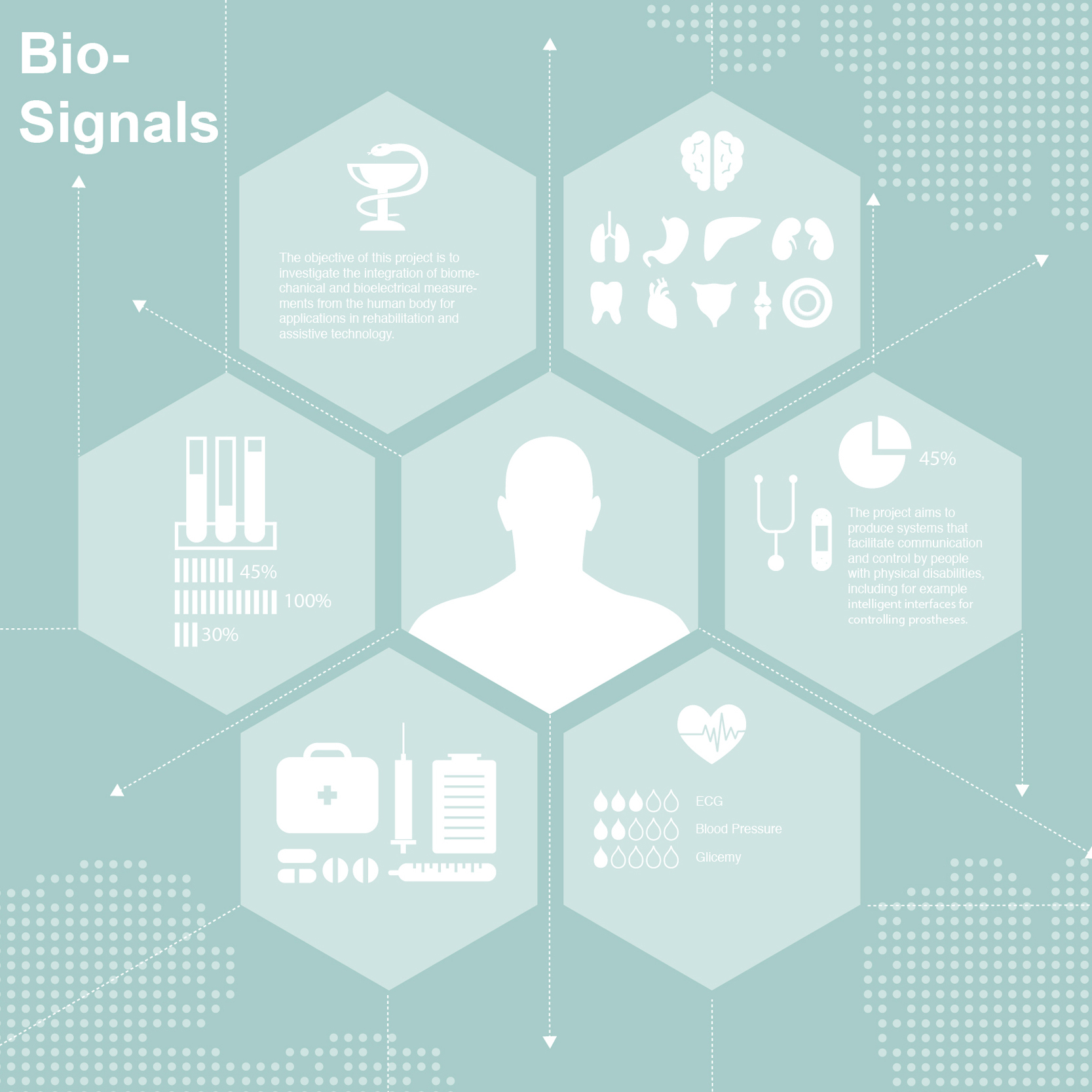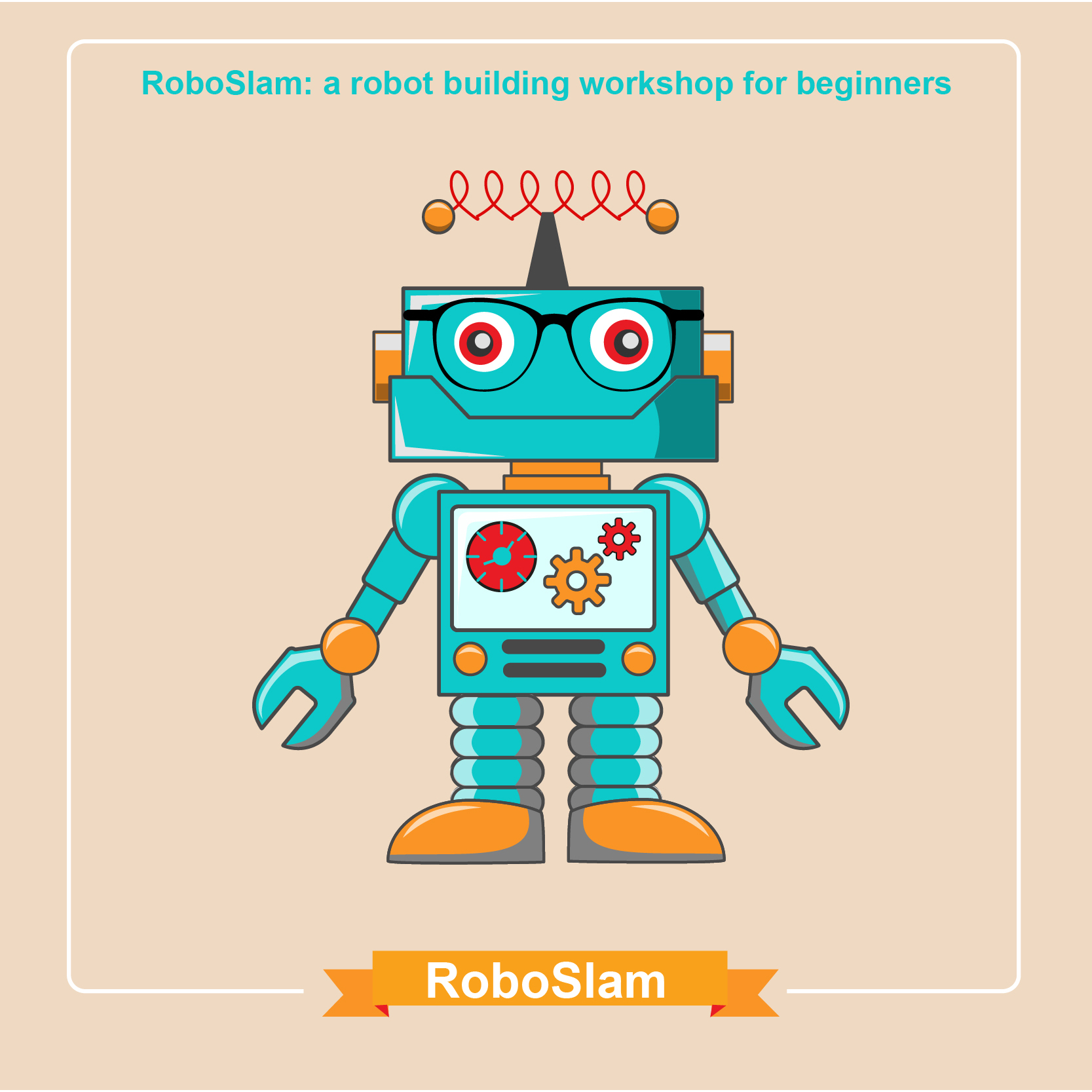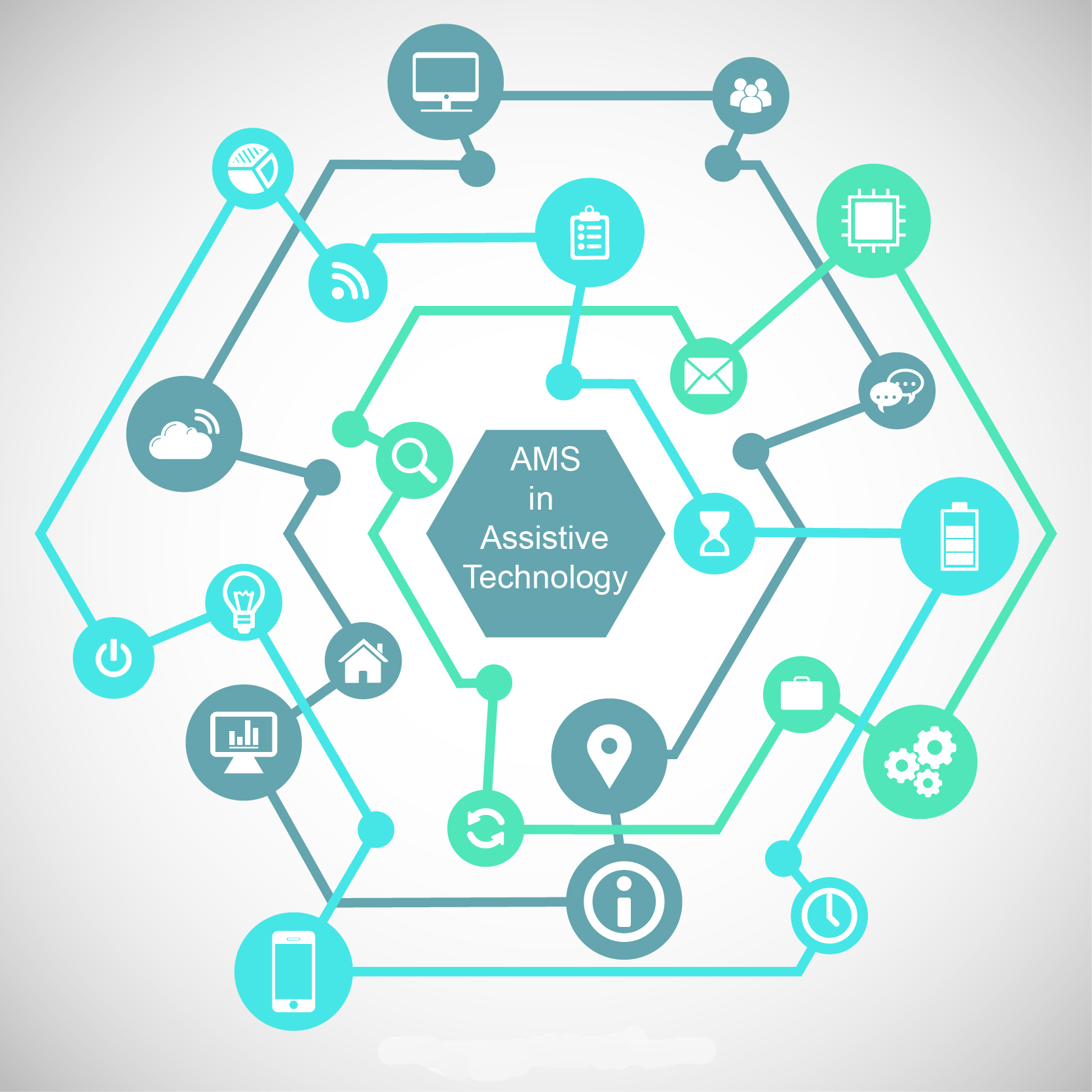

This work investigates the integration of biomechanical and bioelectrical measurements from the human body for rehabilitation and assistive technology. The project aims to produce systems that facilitate communication and control by people with physical disabilities, including for example intelligent interfaces for controlling prostheses. Two goals of this project are to harness the electrooculogram (EOG) as a channel of communication and control and to develop a non-invasive BCI system based on EEGs.

The DigITal Heritage Tour project investigates how an emerging technology called “iBeacons” can be used to deliver location-based multimedia content for digital guided tours, walks and games, thus adding value to existing amenity locations. The project seeks to develop a prototype system for examining outdoor use of this technology in DIT’s historic Grangegorman campus – a multimedia “urban woodlands” walk, which can be used as an escape from daily stresses and an opportunity to increase: physical activity, familiarity with surroundings, and social interaction.

A number of tPOT members are involved in STEM promotion as participants in the RoboSlam initiative. RoboSlam is a robot building workshop for beginners – a quick introduction to building robots using real electronic components. Our mission is to create a recipe for an incredibly low cost robot (our target is €10) that’s easy to build and easy to teach others to build. We want to make it easy and affordable for people who are interested in robotics to learn about it and to run workshops where others can learn too.

The objective of this project is to use innovative measurement systems in the development of assistive technology. The prototype is a lightweight, wireless and low-cost sensor for the measurement of biomechanical and bioelectrical signals originating from the human body. Potential applications of this technology outside the area of assistive technology include physiological monitoring of patients by health professionals and personal health management. Among the biomechanical signals which are under investigation in this project is the mechanomyogram which records the physical vibrations emanating from working muscles.

This project seeks to enable ageing people, people with intellectual disabilities and physical impairments to perform simple cooking tasks. The link between the online resource and the appliance provides a set of tools that enable the interaction with smart appliances to grow the sense of community, by sharing information within a social network and a Cloud-based service system. The main challenge is to create a “Community Supported Appliance” that provides technology and settings for enabling users in performing certain daily activity.

The accessibility to media devices, such as radios, TVs, tablets and smartphones in an important factor that can help people with physical or cognitive impairments to learn and to interact. The aim of this work is to design a methodology for matching a user ability profile to the capabilities of various IoT-based assistive devices. The Adaptive Remote Control System allows for multi-level user engagement; enabling users with different abilities to engage with a media control. It enables users who become proficient at using the technology at one level to progress to a more challenging level.

The population of older adults will continuously increase over the coming decades. This research seeks to investigate the key implications of architectural accessibility, interior design features and interactive technologies, related to UX design. The proposed Design approach called “Environment Design to Sustain Users” is based on a scenario composed of two empirical strategies. The reported research aims to support the creation of a new standard of houses in which users can live in a healthy way, enjoying the opportunities of ICT, integrated in an unobtrusive way so as to be accepted by the user.

The physical web, including beacons, sensor tags and location based services offers great possibilities for interactive assistance to support healthy passtimes. The focus of this project is to develop open technology solutions to support (in particular) outdoor pursuits in public spaces but also indoor physical activity. In particular, the work considers how exercising and mindful activities can be made more interesting and compelling through use of IoT-based technologies.

tPOT researchers, working with colleagues from clinical speech and language studies in TCD are investigating how MEMS technology can be used for clinical swallow evaluations of persons with Dysphagia. The team has focused on using MEMS accelerometers and gyroscopic sensors as a potential alternative to videoflouroscopy, that involves exposing the subject to x-ray radiation. The MEMS approach also offers the possibility of quantitative measurement of the displacement of the glottus during a swallow.

The emergence of The Internet of Things, web-services and smart appliances provides new opportunities for citizens who have the skills and experience to leverage these poweful technologies. People with intellectual disability could also benefit, if the output was more tailored towards their experience and viewpoint. This project seeks to fill the "usability gap" between the hi-tech outputs of modern network connected appliances and services by providing more usabable and understandable outputs. The project focuses in particular on the development of a domestic "information appliance"; a re-imagining of the functionality of a clock,calendar and barometer, that are still in use today.

PROJECT DESCRIPTION GOES HERE

PROJECT DESCRIPTION GOES HERE